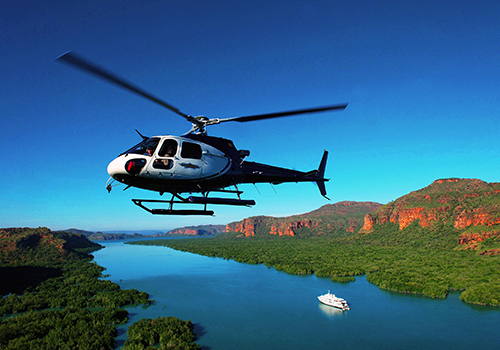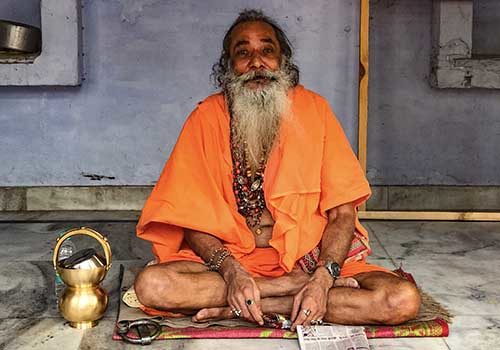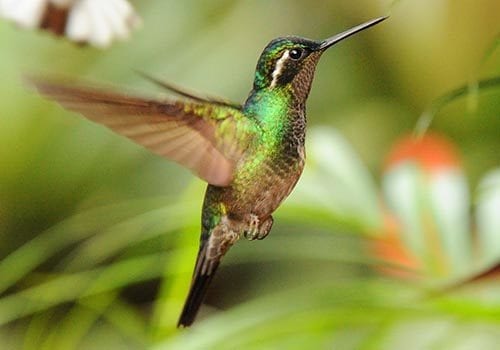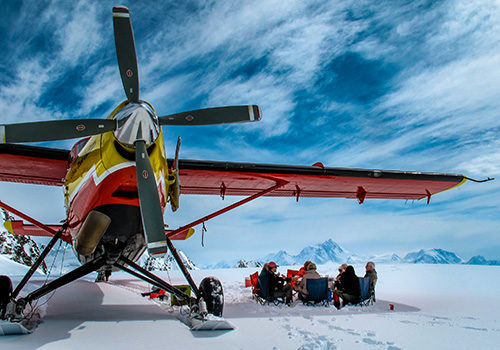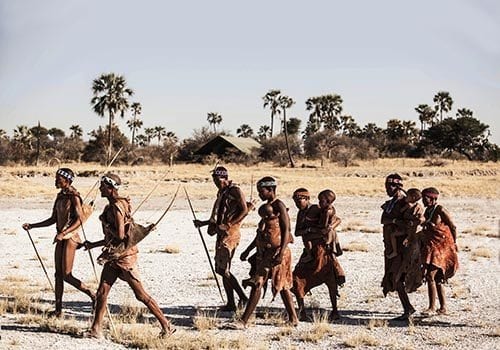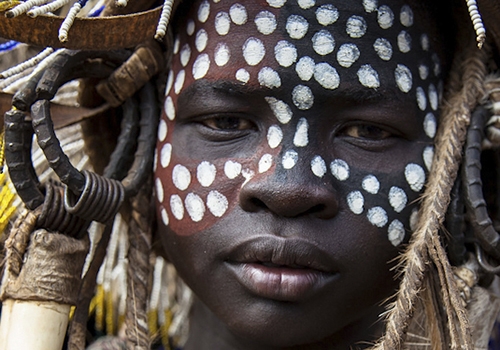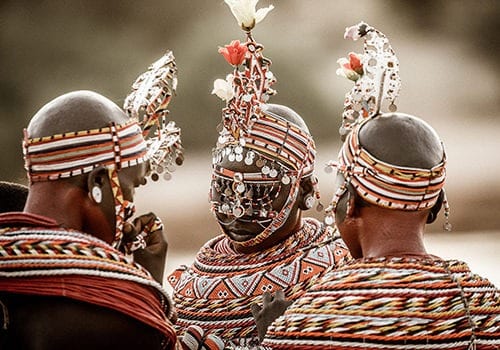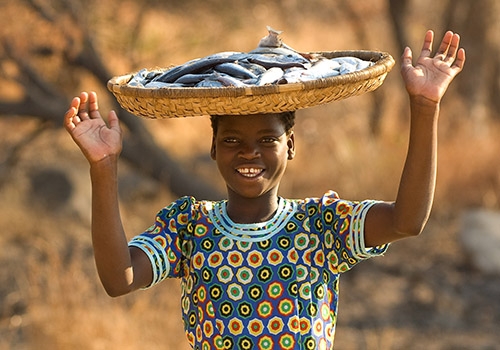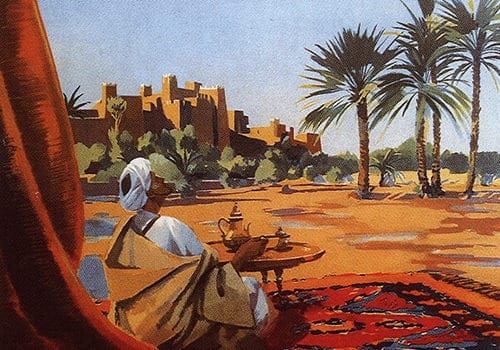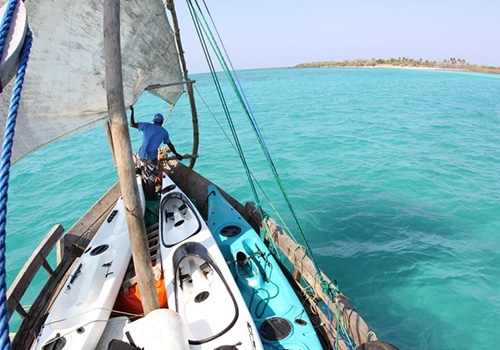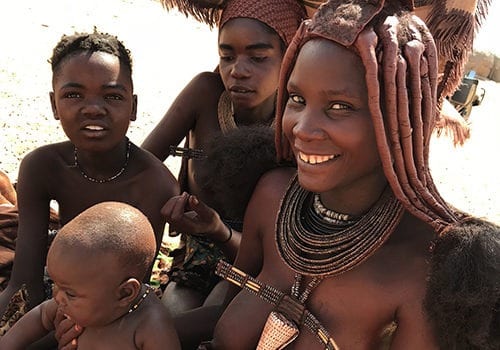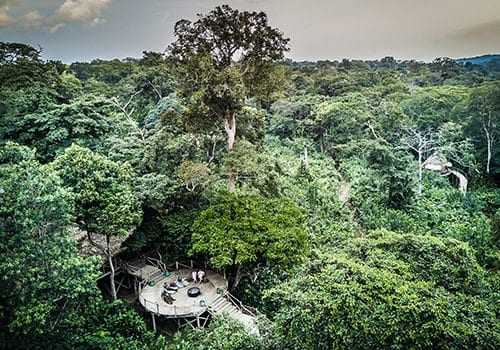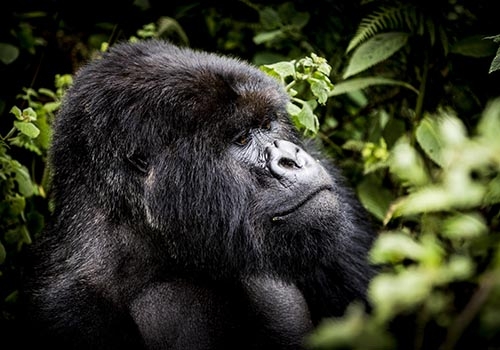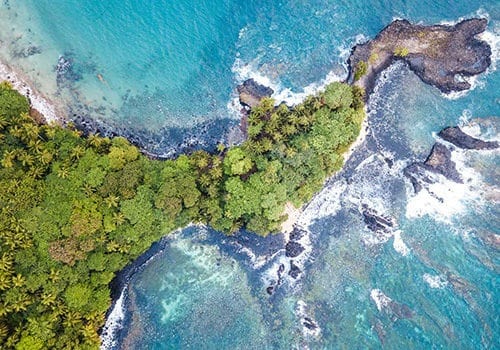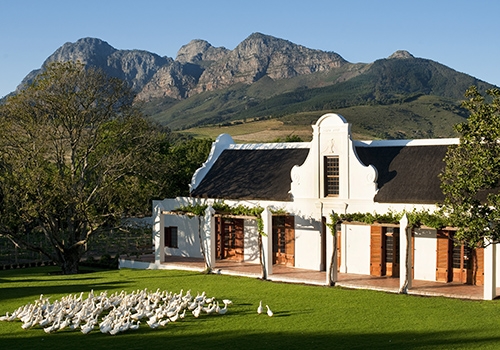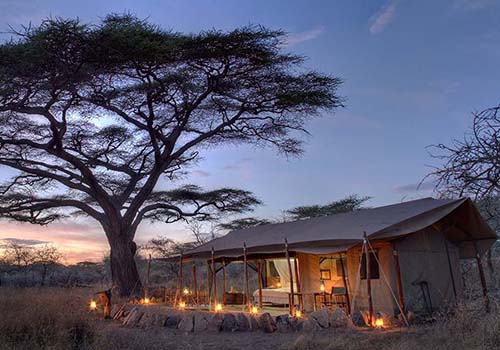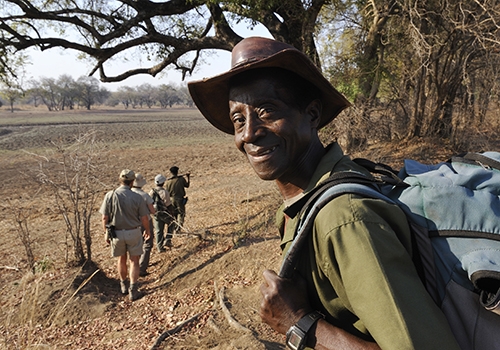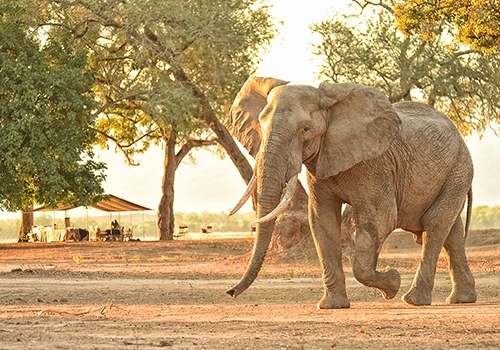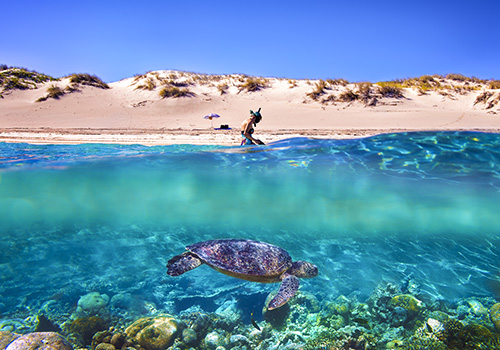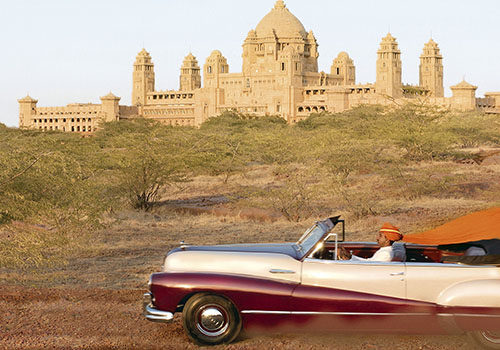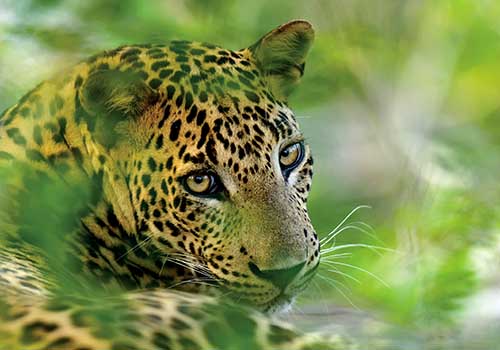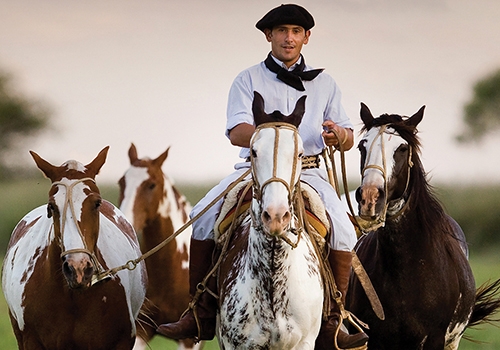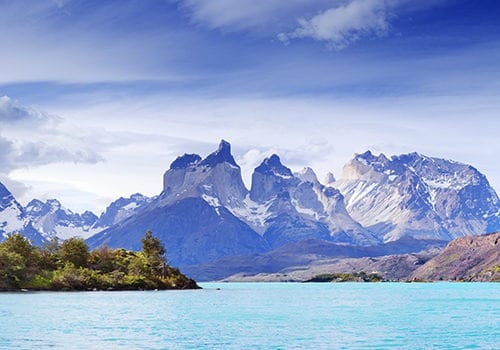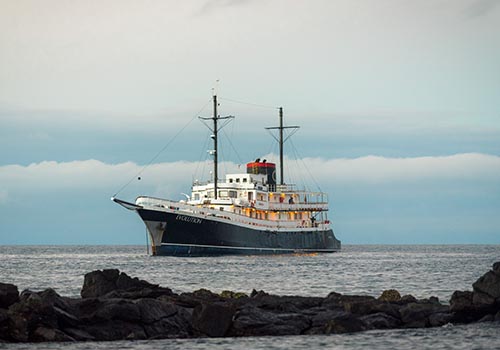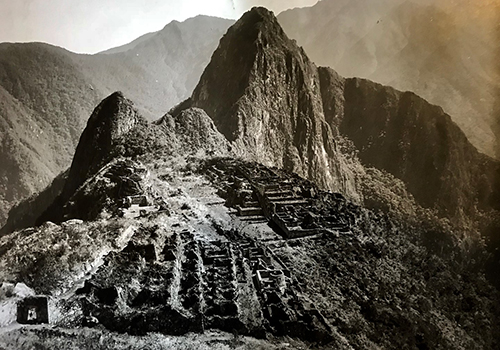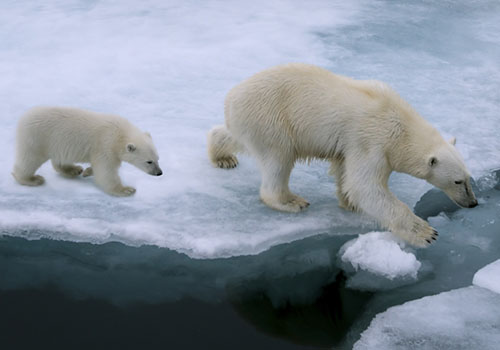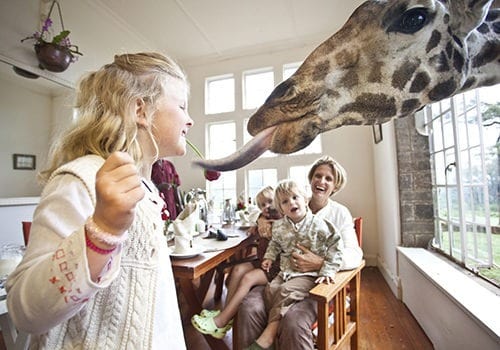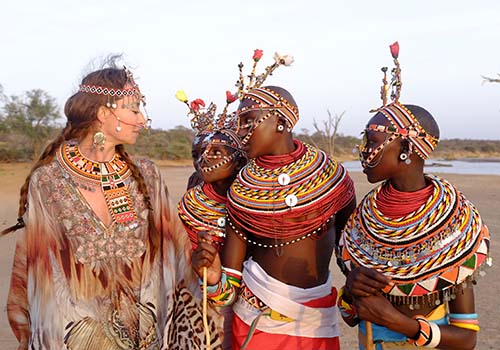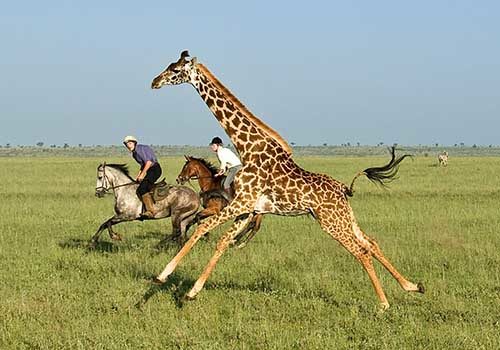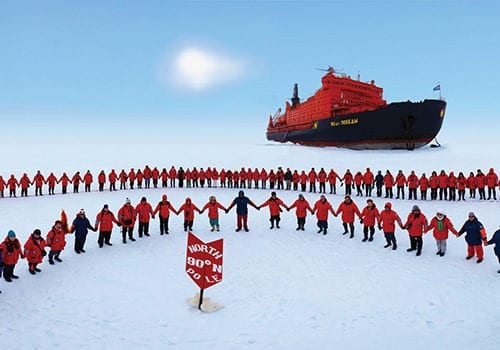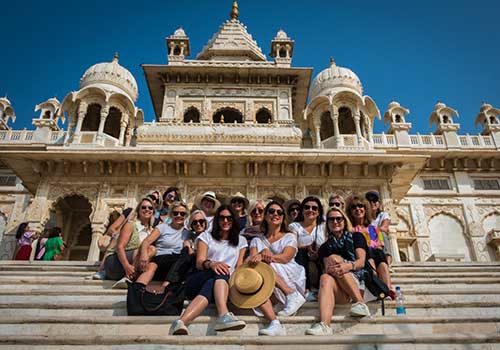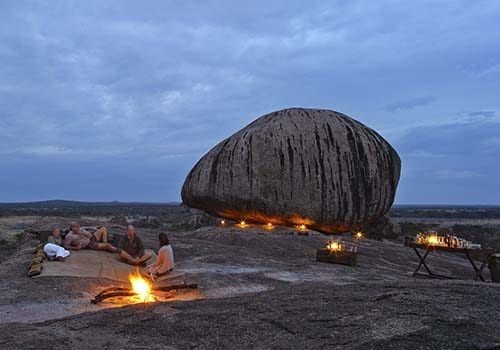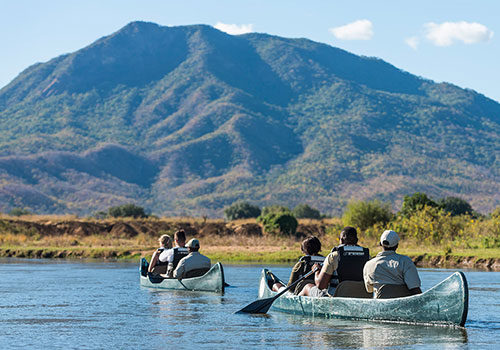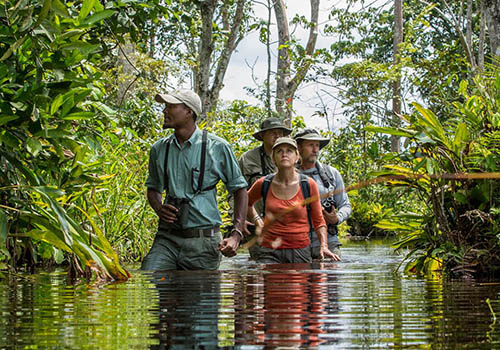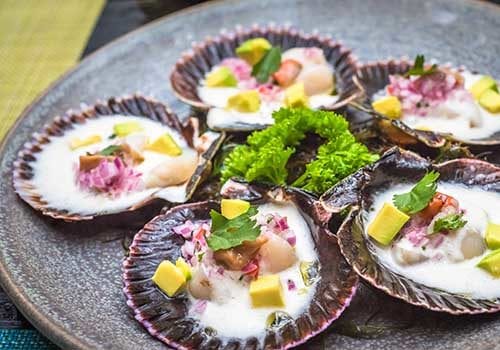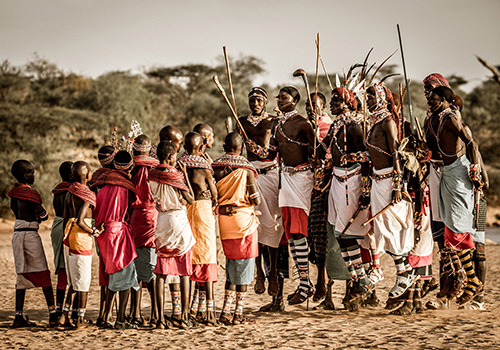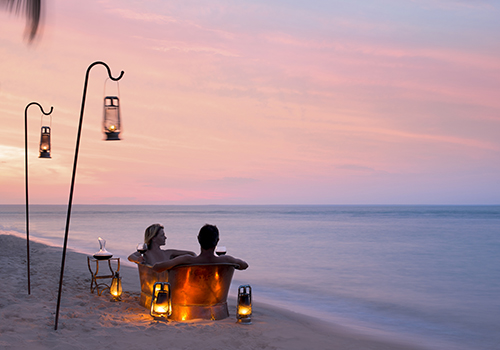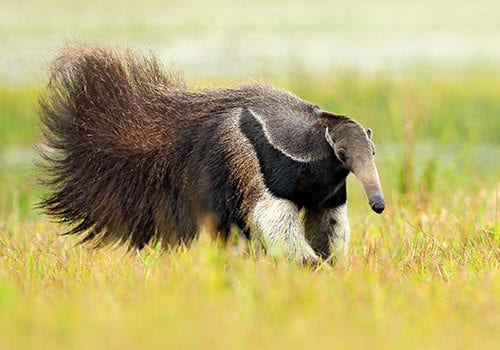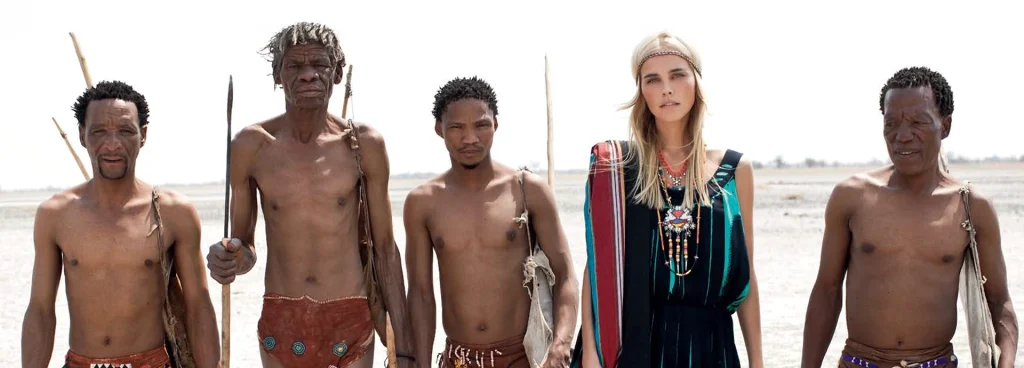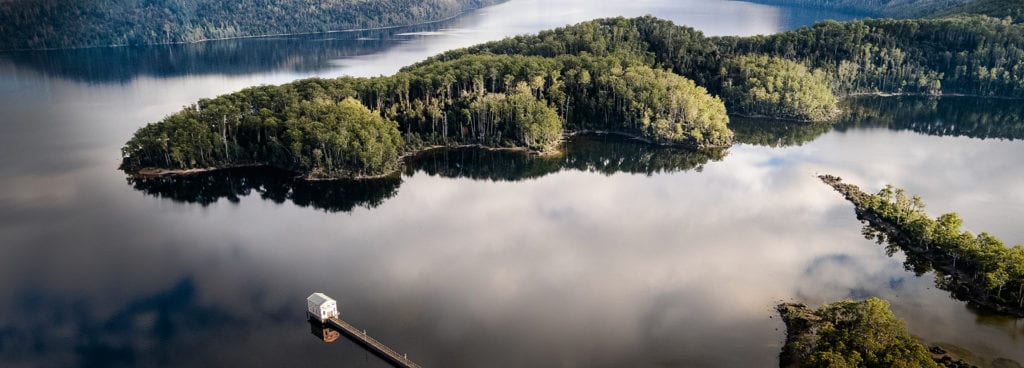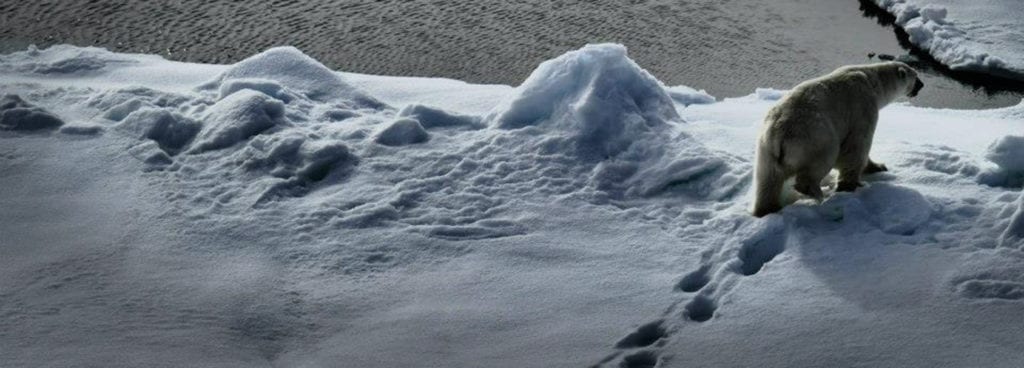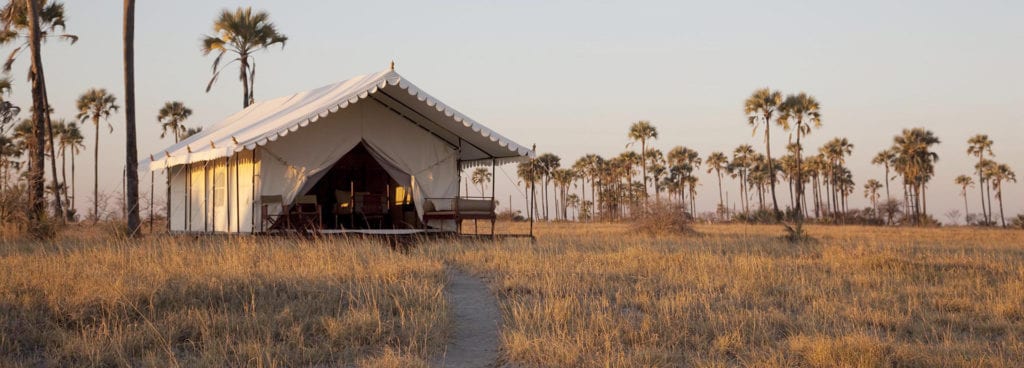DISPATCHES FROM EXOTIC LANDS
Chile’s Mystical Chiloé Island: Myths, Luxury Stays & UNESCO Churches
This coastal outpost is a rural idyll where mythology meets Catholicism,
and strange excuses are made for illegitimate pregnancies.
– Excerpt from The Australian, Jun 04, 2025 – by Penny Hunter
Bountiful rows of glistening fish are on display at the market in Castro on the Chilean island of Chiloé. Fresh white fillets of hake and perch are piled high beside mounds of molluscs and octopus. In nearby stalls, dried mussels hang from strings, and bundles of seaweed are coiled like rope.
It would seem the mythical blonde beauty known as La Pincoya has brought good fortune to the local fisherfolk. Chilotés, the island’s residents, are a notoriously spiritual lot, with a roll call of god-like figures featuring prominently in folklore. It is said that if La Pincoya performs a dance while facing the sea, fishermen will fill their coffers. If she turns her back, they will return empty handed. I can only assume she performed her salsa seaside when the fishermen took their boats out last night.
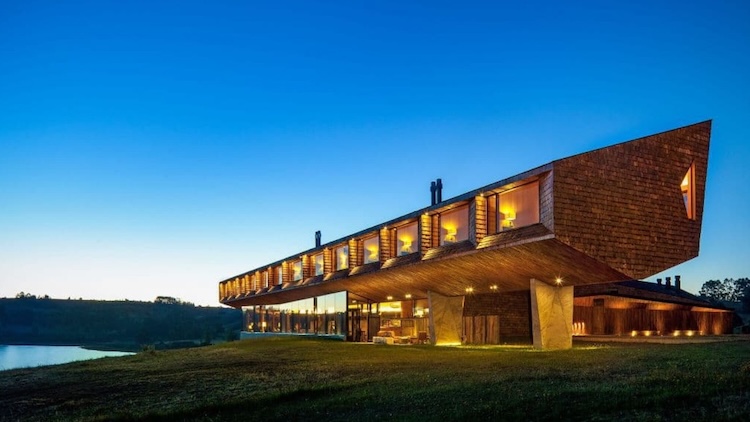
Chiloé is Chile’s largest island, with a coastline measuring more than 1,800 kilometres, so many of its myths have a nautical bent. But one of the most intriguing of these mystical beings inhabits the forest, not the sea. El Trauco is an axe-wielding goblin known to impregnate women by seducing them in their dreams. When a single woman falls pregnant and no man takes responsibility, El Trauco is often touted as the culprit.
I think of El Trauco while hiking the Duhatao to Chepu trail, one of the activities offered to guests of luxury hotel Refugia Chiloé, which until recently was known as Tierra Chiloé, under the Baillie Lodges umbrella of properties. This 10-kilometre route spans dense forest, huge bamboo groves and wild beaches. With guides Lorenzo and Pamela leading the way, I walk beneath trees wrapped in thick moss and wearing epiphytes that hang like hair extensions. Spider webs take on an eerie blue glow in the dim light. The path is muddy and strewn with low-hanging branches, rocks and fallen trunks. It feels like a perfect lair for goblins.
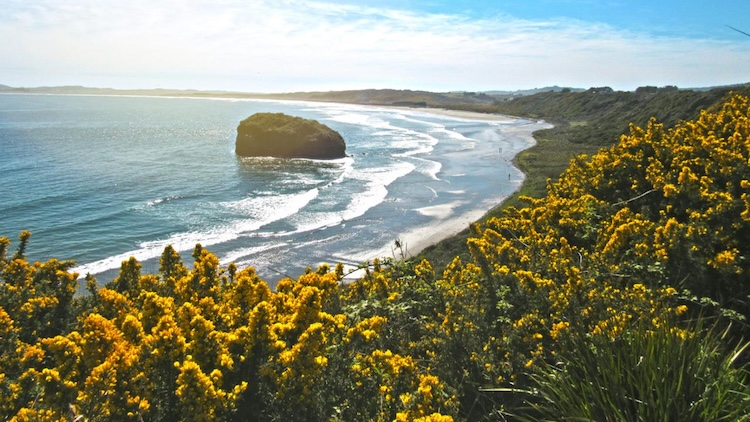
We reach a clearing and viewpoint that looks out over the Pacific Ocean, where seemingly benign waves roll in at perfect intervals. Vultures with bright red beaks ride the thermals in the cloudless blue above us, searching for carrion. A steep descent leads to the shore, and we remove our shoes and venture on to the dark volcanic sand. Here, at eye level, it’s suddenly apparent why this treacherous coast is littered with shipwrecks. The waves are actually huge, thundering in and criss-crossing in all directions over deadly undercurrents. They smash through an arch created by the “trunk” of aptly named Elephant Rock. The beach is littered with dark clumps of snaky seaweed called chochayuyo, a common cooking ingredient also coveted in Asia for use in skin and haircare products.
We stroll down the beach for about two kilometres, revelling in the chilly ocean shallows and nature’s sandy pedicure, and are then met by a motor boat and driven upstream where our driver from the refugia, Martin, waits.
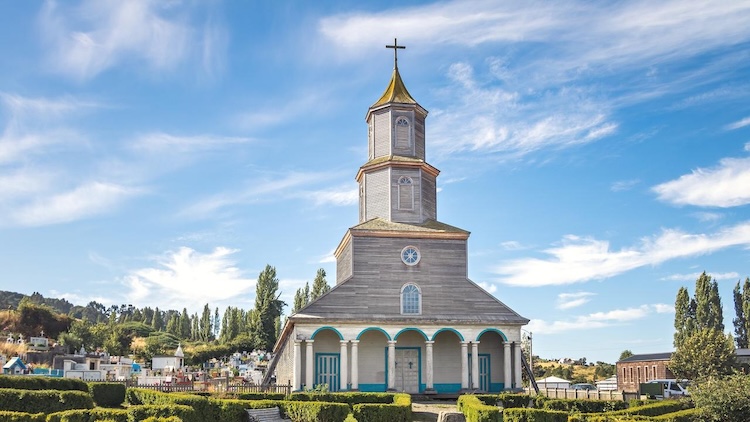
On the way back to the hotel, Lorenzo and Martin share a cup of a fiercely caffeinated drink called maté (pronounced “maahtay”). It’s made with the chopped dried leaves of an indigenous plant and sipped through a narrow stainless-steel straw that filters out the leaves and sediment. Traditionally the cup is passed among friends and family, who share the straw, adding more water as needed. Lorenzo recalls trying maté for the first time when he was about seven – something of a rite of passage for Chileans. He now drinks it every day. The cup is passed my way and I give it a tentative sip. It has a bitter, grassy flavour and an aftertaste that sparks flashbacks of sneaky cigarettes as a teenager. No thanks. I’ll stick with coffee. […]

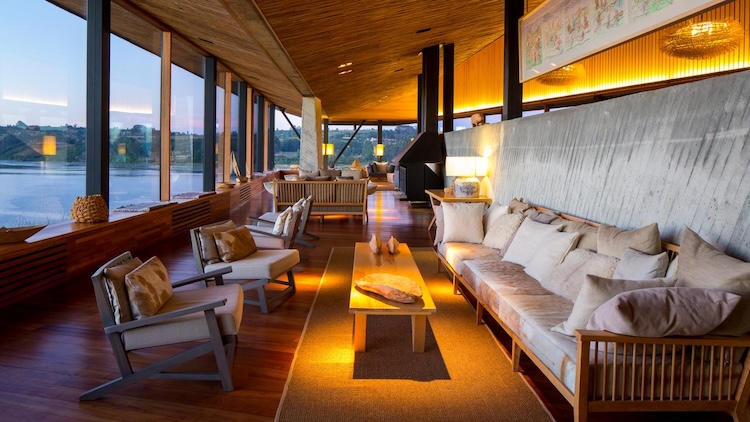
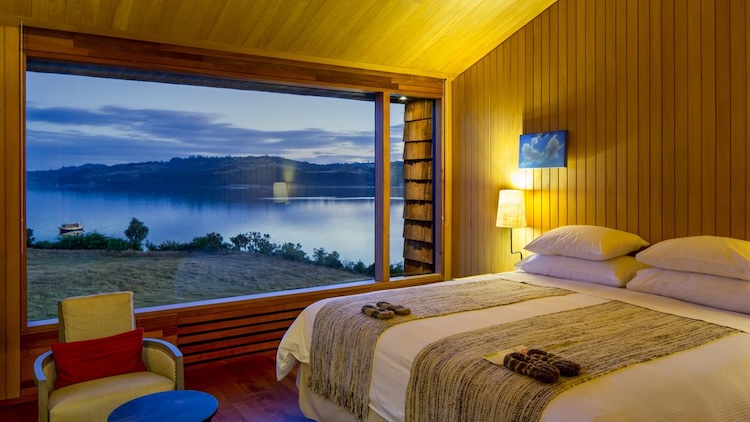
*all photos: The Australian / Penny Hunter
DISCOVER SOME OF THE BEST TREKKING IN SOUTH AMERICA
READ THIS ARTICLE IN FULL NOW AT THE AUSTRALIAN

